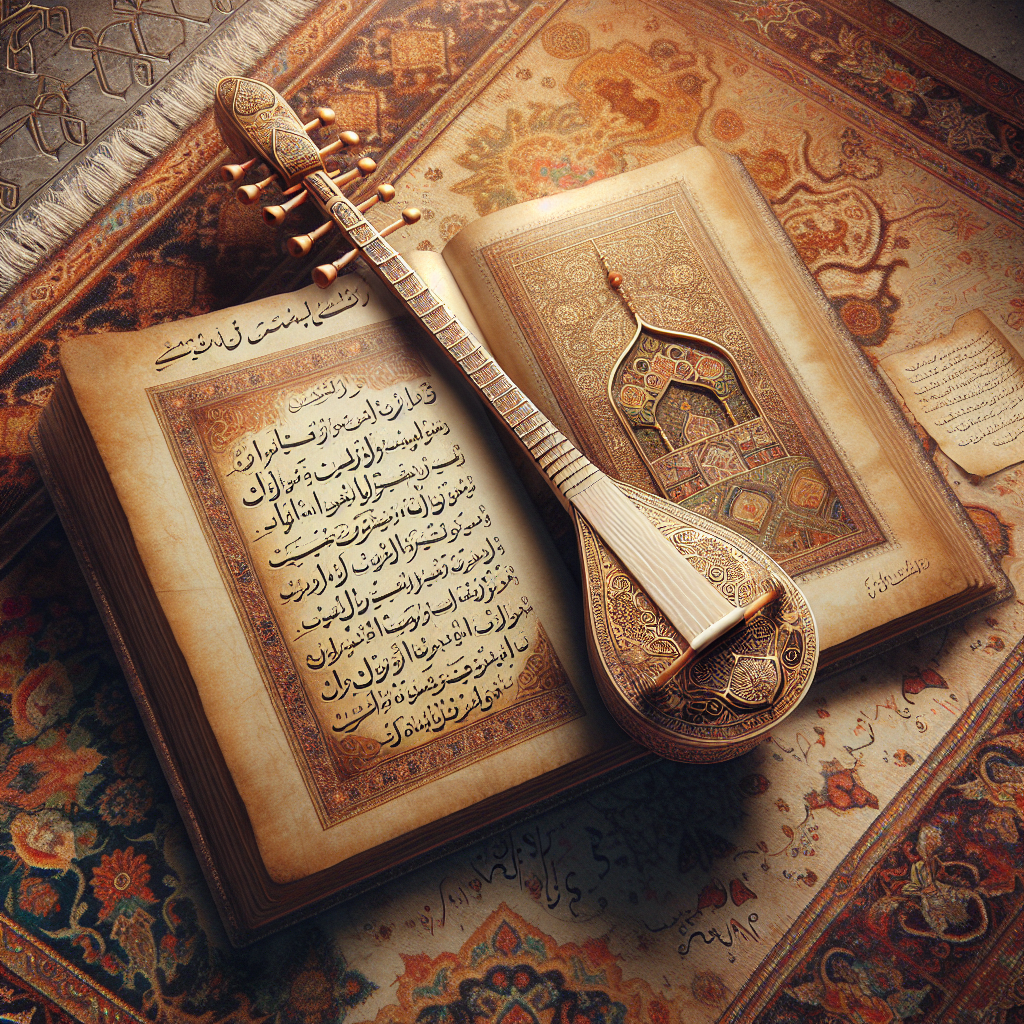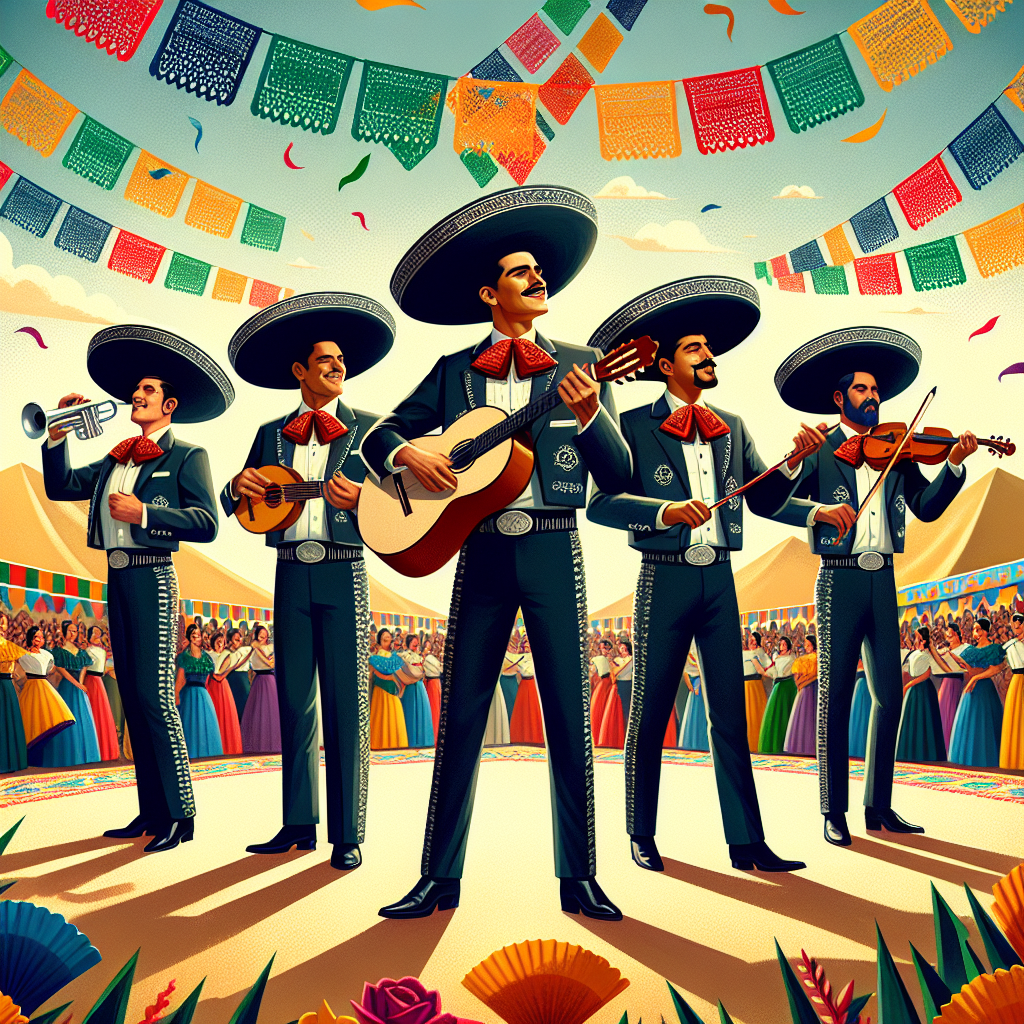The rich tapestry of World Music is woven with myriad threads, each representing a unique culture, tradition, or locale. One such thread, often overlooked but infinitely fascinating, is Zarbi music. Rooted deep within the histories and soul of the Middle East, it is a genre of music that harks back to a time when music was not merely an art form, but a form of language, and a means of connecting to the divine. This article aims to elucidate this unique, syncretic genre of music, its origins, evolution and relevance in today’s world.
Background and Origins
The word Zarb is etymologically derived from the Persian term Zarb-e-Mosiqi, essentially translating to ‘the stroke of music’. The origins of Zarbi music are as intriguing as they are esoteric. Often associated with mystical practices, this form of music is believed to have a spiritual or transformative element with roots traceable to ancient Persia.
The Instrumental Elements
At the heart of Zarbi music is the Zarb drummer, who plays the goblet drum called ‘Tombak’. The Tombak is an integral accompaniment, and is believed to contain the essence of traditional rhythmic patterns, or Zarbs. A quintessential Zarbi performance is marked by fast-paced, intricate drumming and rhythmic improvisation.
Evolution and Influence
Over the centuries, Zarbi music has evolved, absorbing influences from various cultures while retaining its unique character. It is this syncretic aspect that contributes to its universal appeal. In recent years, Zarbi music has found a global audience, transcending geographical and cultural boundaries. Contemporary musicians often incorporate Zarbi elements into their compositions to create a fusion of traditional and modern sounds. It is testament to the versatility and enduring appeal of Zarbi music.
Relevance in Today’s world
Despite its relatively low profile on the mainstream stage, Zarbi music continues to be relevant in the modern world. It serves as a living reminder of mankind’s innate desire to express and connect through rhythm and music. As we move further into the digital age, it is interesting to note that Zarbi music’s universal appeal remains unabated, with musicians worldwide paying homage to this timeless genre.
Conclusion
To conclude, the world of Zarbi music is deeply fascinating, thriving on its rich history, unique rhythm patterns, and instrumental nuances. Its presence resonates in the heart of world music, reminding listeners of the transforming power of rhythm and the universal language of music. Its enduring legacy and increasing global influence bear witness to its timeless appeal. In these rapidly changing times, it’s comforting to know that Zarbi music will continue to thrive, grow, and inspire future generations of musicians and music lovers alike.
FAQs
- Q1: Where does Zarbi music originate from?
A1: Zarbi music originates from the Middle-East, particularly Iran, and traces back to ancient Persian traditions.
- Q2: How is Zarbi music performed?
A2: Zarbi music is performed mainly using the tombak, a goblet drum, played with fast-paced rhythms and improvisation.
- Q3: How has Zarbi music evolved over the years?
A3: Zarbi music has absorbed influences from various cultures over centuries and contemporary musicians often incorporate Zarbi elements into their music.
- Q4: What is the relevance of Zarbi music today?
A4: Zarbi music serves as a reminder of the universal language of rhythm and is still vibrant in the current music industry.
- Q5: How can one explore more of Zarbi music?
A5: There are many online platforms and music festivals that feature Zarbi musicians. One can also study the rhythm patterns and practice using the Tombak.




